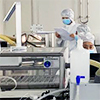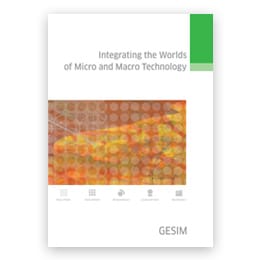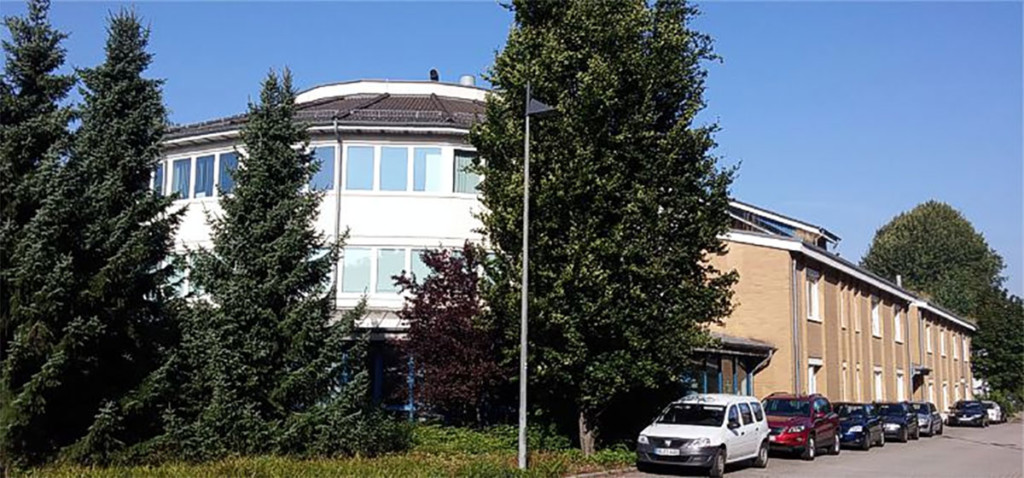GeSiM – Bioinstruments and Microfluidics
-
We make bioinstruments for microarray printing, 3D bioprinting, chemical synthesis, microfluidics and more.
-
Differently sized motion systems bridge the gap from research to production. All are smart, compact and highly accurate.
-
Tools delivering liquids, pastes, powders combine with handling tools for tubes and vessels. Tailored solutions are available on request.
-
Please ask for feasibility tests with your material: Customer service is a priority with us.
Application Spotlights / Customer Projects
Below you find key points of realized applications. The tabs toggle through the different GeSiM product lines.
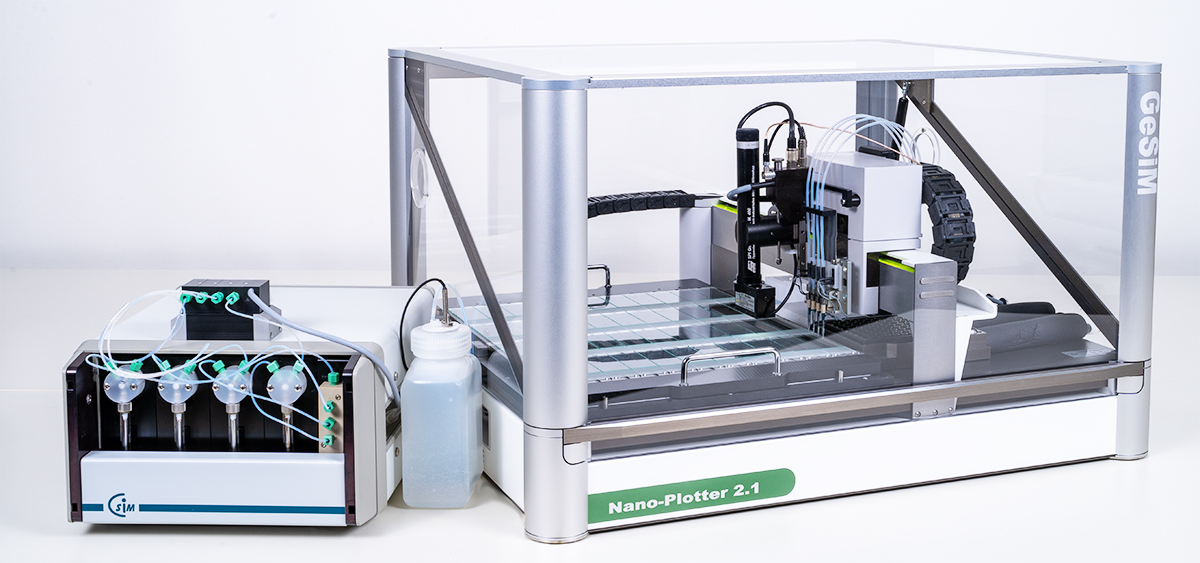
The microarrayer Nano-Plotter is a compact but modular configurable benchtop pipetting station to functionalize biochips and materials for IVD and point of care. Spot and pattern detection ensure reliability and robustness:
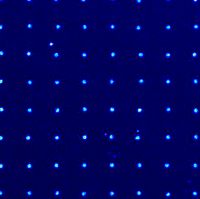 Customer Service is our Highest Priority!
Customer Service is our Highest Priority!
GeSiM microarray printers (Nano-PlotterTM) are available for research and production, combining flexibility, reliability and robustness. Two main instrument lines (NP2.1 and NP7-HV) accompany customers from the first idea to certified production. Pre-sales feasibility tests, tailored instruments and our individual after-sales service will take you to success.
Please contact us for a phone or video conference…
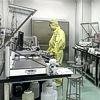 DNA Microarrays for IVD and Research
DNA Microarrays for IVD and Research
The manufacturing of state-of-the-art multi-parameter diagnostic kits requires more precise liquid handling than ever before. DNA microarrays can be used to detect genetic dispositions for many diseases. The Nano-PlotterTM allows high-dense DNA arrays on glass slides, but prints on NC-membranes and 96well plates too.
A manufacturer of detection kits for (Human Papilloma Viruses) HPV genotypes uses multiple GeSiM microarray printers in their production facility…
Different types of piezoelectric pipets, along with a sophisticated tip wash system, predestine the Nano-PlotterTM for arraying of antibodies, antigens, peptides and other proteins. Protein microarrays are now heart of multi-parameter assays for IVD in clinical use.
Sunlant bioengineering Co., Ltd., developed a specific test kit for the simultaneous detection of several tumour markers…
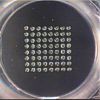 Multiplexed Assays based on 96-Well Plates
Multiplexed Assays based on 96-Well Plates
96-well plates are popular for drug development and diagnostic assays. Plates with specific coatings allow to print arrays of different biomolecules onto the bottom. All GeSiM Nano-PlotterTM are suited for these applications (E.g. Micro-ELISA); specific piezoelectric pipets with “slim” design allow to print >300 spots per well.
For reproducible results we recommend coated plates with well-defined capability of protein binding…
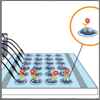 Reverse Phase Protein Arrays (RPPA)
Reverse Phase Protein Arrays (RPPA)
RPPA is a simple, robust and highly parallel assay method for monitoring of protein expression and activation. Instead of antibodies/ antigens, cell lysates will be arrayed on functionalized surfaces.
The whole protein content of the cells will be incubated with specific antibodies to address particular scientific question, e.g. signal pathway alteration due to tumour growth…
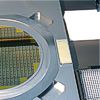 Loading of Biosensors
Loading of Biosensors
Label free detection of biomolecules is an attractive solution for users, but challenges liquid handling technology. Small but exact sample aliquots need to be tethered onto tiny areas of electronic chips. No problem for the Nano-PlotterTM camera system.
This bio-sensor technology was developed at Fraunhofer ISIT…
 Glycoprotein Arrays
Glycoprotein Arrays
Complementary to the popular antibody arrays, this application uses pre-separated proteins from cellular lysates or other biofluids. The Nano-PlotterTM was used to study post translational modification changes as a function of disease.
This work was conducted by the Lubman Research Laboratory, University of Michigan, Ann Arbor (USA)…
Our versatile piezoelectric drop dispensers emit drops from 60 Picolitres to 500 Picolitres at frequencies up to 1000 Hz. The control unit multi-dos comes with an application programming interface for easy integration in your own hardware:
Dispensing of Adhesives
Heatable piezoelectric dispensers enable micro dosage of Nanolitre volumes of high-viscous adhesives…
Collision of Droplets
The high kinetic energy of flying microdroplets supports mixing of mixable liquids when pre-dispensing mixing is not feasible…
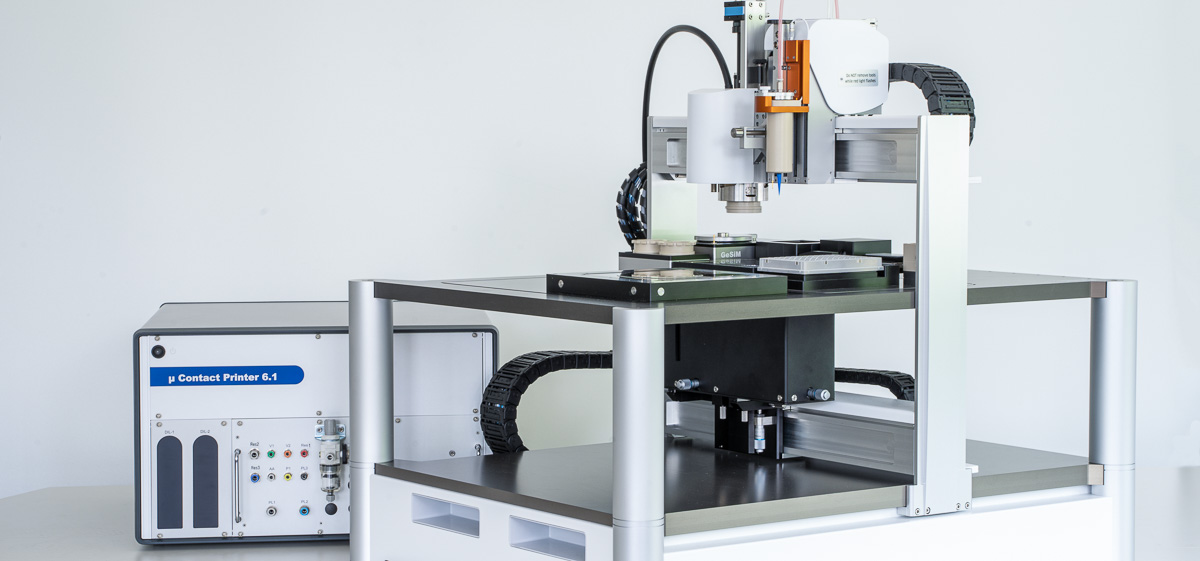
The GeSiM microcontact printing technology comes with all instruments: The cost-effective µCP Core for the light microscope in your lab, the popular µCP 4.3 with programmed stamp management and the µCP 6.3 for automated edge-on-edge prints (Chessboard style):
Fibronectin Patterns Printed with µCP
Fibronectin coating is popular to enforce cell adhesion to surfaces. Microcontact printing allows partial and well-defined preparation of surfaces. Here HUCB-NSC were grown on microcontact printed fibronectin squares…
Micro Needle Arrays by NIL
High-aspect-ratio 3D objects like micro needles are feasible with the GeSiM micro-contact-printers. Micro needle arrays are a popular research field for alternative subcutaneous drug delivery…
Nanoplasmonic Sensor Structure by NIL
The performance of label-free SPR detection can be improved by nano-structured surfaces made by NIL (Nano-Imprint Lithography). This customer project focuses on the design of a waste-water sensor…
Picolitre Wells for Cell Biology
NIL with UV-curable adhesives allows the design of Picolitre wells to attract single cells per well…
NIL of Micro Wells with Interconnecting Channels
Here NIL shaped microstructures are demonstrated for electrical activity measurement studies. NIL was applied to make both the wells and the interconnecting channels…
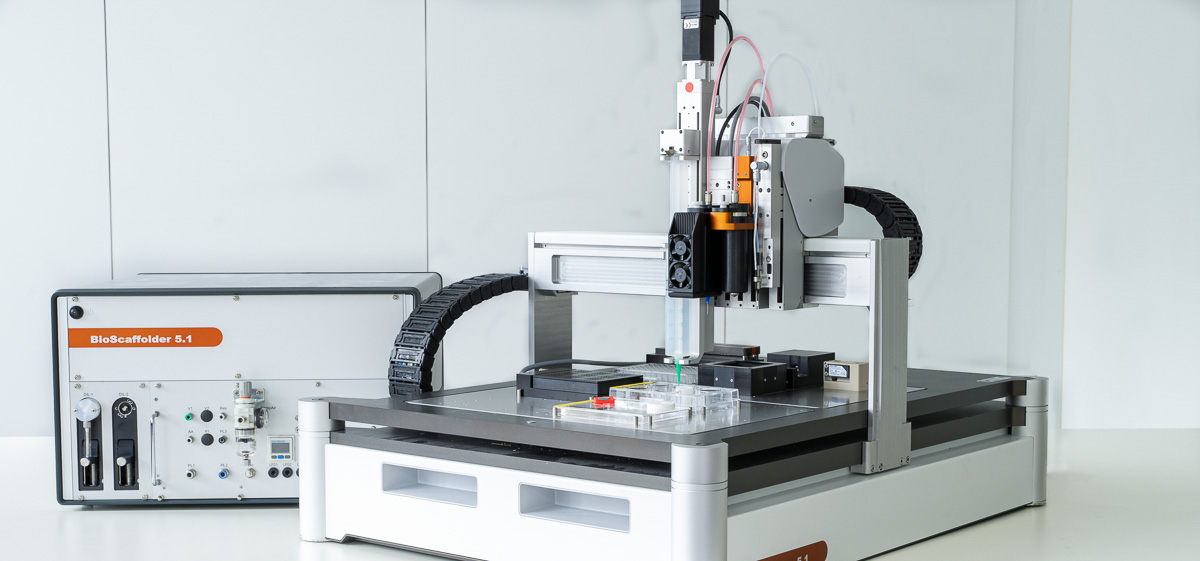
BioScaffolder is the name of the GeSiM bioprinter series. All instruments come with high mechanical accuracy and print heads with three or four precise tool axes. A huge range of replaceable extrusion and optical tools brings you the flexibility you need for your research:
 Melt Deposition Modelling of Bioactive Organic/Inorganic Hybrid Scaffolds
Melt Deposition Modelling of Bioactive Organic/Inorganic Hybrid Scaffolds
Bioactive hybrid materials, e.g. blends of PCL/glass show a great potential to mimic artificial bones. However, Additive Manufacturing (AM) with these materials could be challenging due to difficult physical properties, e.g. viscoelasticity. A team at the LPC (University of Clermont, France) is using the GeSiM HT-extruder on a BioScaffold printer BS3.2 successfully and printed such formulations for the first time accordingly to CAD models…
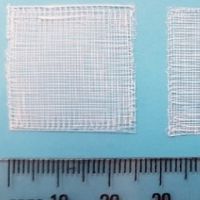 Melt Electro Writing of Milk Protein/PCL Blends for Skin Regeneration
Melt Electro Writing of Milk Protein/PCL Blends for Skin Regeneration
The influence of milk proteins on the properties of PCL was investigated by the Department of Bioengineering at the University of Otago, New Zealand. Special focus was put on the usage of the Melt Electro Writing unit of the GeSiM BioScaffold printer BS 3.1. The used milk proteins, Lactoferrin and Whey Protein, are supposed to increase the biological functionality of PCL…
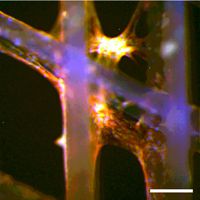 Melt Electro Writing Scaffolds seeded with Stem Cells
Melt Electro Writing Scaffolds seeded with Stem Cells
Another project at the University of Otago investigates the influence of scaffold pore sizes on growth and proliferation of mesenchymal stem cells. The cells were placed in a “sandwich” structure, consisting of different pieces of very thin PCL scaffolds made by Melt Electro Writing (MEW). A new method was developed for monitoring cell proliferation inside of opaque scaffold structures…
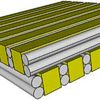 PCL/PEG Blends for Tissue Engineering
PCL/PEG Blends for Tissue Engineering
A customer at Friedrich-Alexander University Erlangen (FAU) succeeded in improving the properties of PCL for tissue engineering by adding PEG. These biopolymers shall be optimized towards a quicker degradation/mass loss when getting in contact with body fluid The study applied two-phase scaffolds, with PCL/PEG blends for mechanical stability and Hydrogels for cell hosting…
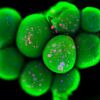 Struts and Capsules
Struts and Capsules
A group from the FAU Erlangen added prefabricated capsules enriched with cells to hydrogels before printing. Different components desirable for bone regeneration, e.g., cells and bioactive proteins, can be incorporated both in the capsules and struts. This enables compartmentalization of components, which facilitates greater flexibility in modification of the scaffold…
 The artificial Eardrum made by Melt Electro Writing (MEW)
The artificial Eardrum made by Melt Electro Writing (MEW)
Researchers at the Centre for Translational Bone, Joint and Soft Tissue Research (Technical University Dresden) made thin meshes from PCL. Based on high-voltage extrusion, fibres of 10 µm to 15 µm size were deposited and shaped programmed patterns. Subsequently Keratinocytes were seeded on the printed meshes and cultivated, with focus on their growth behaviour. The meshes consisted of up to six layers…
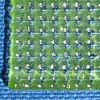 Green Bioprinting
Green Bioprinting
A team from the Technische Universität Dresden printed algae cells suspended in hydrogel together with mammalian cells. The cocultivation of algae in close vicinity to human cells could enable a sustained delivery of oxygen or secondary metabolites with therapeutic potential to human cells without the need of external supply. The fabrication of patterned coculture scaffolds can be easily realized by two-channel plotting…
 Alginate/Methylcellulose Blends (Alg/MC)
Alginate/Methylcellulose Blends (Alg/MC)
Immediate cross linking of Alginate after printing can be avoided – Accordingly to an approach of researchers at the Technische Universität Dresden. The addition of Methylcellulose (MC) to low concentrated alginate leads to an enhanced viscosity and therefore improved printing conditions…
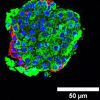 An application for Alg/MC: Bioprinting of functional Islets of Langerhans
An application for Alg/MC: Bioprinting of functional Islets of Langerhans
Methylcellulose (MC) is supposed to increase the microporosity of printed Alginate strands, promoting the penetration of Glucose and Insulin. The same team at Technical University Dresden exploited this feature for the print of 3D scaffolds with embedded islets of Langerhans. They confirmed both vitality and function…
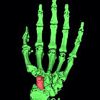 Bioprinting: The Future of Surgery?
Bioprinting: The Future of Surgery?
In a joint research project with the Technische Universität Dresden a scaffold model of a human scaphoid bone was printed from Calcium Phosphate Cement. The STL data of the scaphoid bone were achieved by segmentation of DICOM data resulting from a CT Scan. Then the scaphoid bone was isolated from the complete bone set to generate 3D STL data…
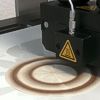 As FAST as Possible
As FAST as Possible
An EU funded Consortium (Horizon 2020) was setup to optimize bulk and surface properties of scaffold materials for implants. GeSiM has been engaged for the development of high-performance syringe extruders for printing of polymer gradients through a single tool and within one layer. Further GeSiM adapted the NADIR plasma pen to the the BioScaffold printer BS5.1; now it can be used with all other GeSiM bioprinter tools…

The BioSyntheSizer is a liquid handling robot with many additional features. It is usually configured to order, e.g. with the GeSiM piezoelectric Picolitre pipettor, vial/ tubes handlers, reaction chambers, purification columns and more:
Synthesis of Hydrogels
Hydrogels are an important component of bioinks for tissue engineering. Chemically functionalized Hydrogels with embedded peptides can induce specific cellular functions. Here the large BSyS 5.1/E platform was setup for this maleimide chemistry…
Chemical Synthesis in the Array format
The small BSyS 3.1 platform was used to accommodate SBS well plates, tube racks and user-made flow cell for washing of glass slides. The combination of washing, pipetting and array printing enables “switchable” surfaces for different chemical reactions, e.g. peptide synthesis…
Sol-Gel conversion of a Hydrogel for 3D Bioprinting
Here the BSyS 3.1 tool head engages gauges of different size for aspiration and deposition of suspended Collagen fibres. The material undergoes a gelation process and becomes a useful bioink for subsequent 3D printing…
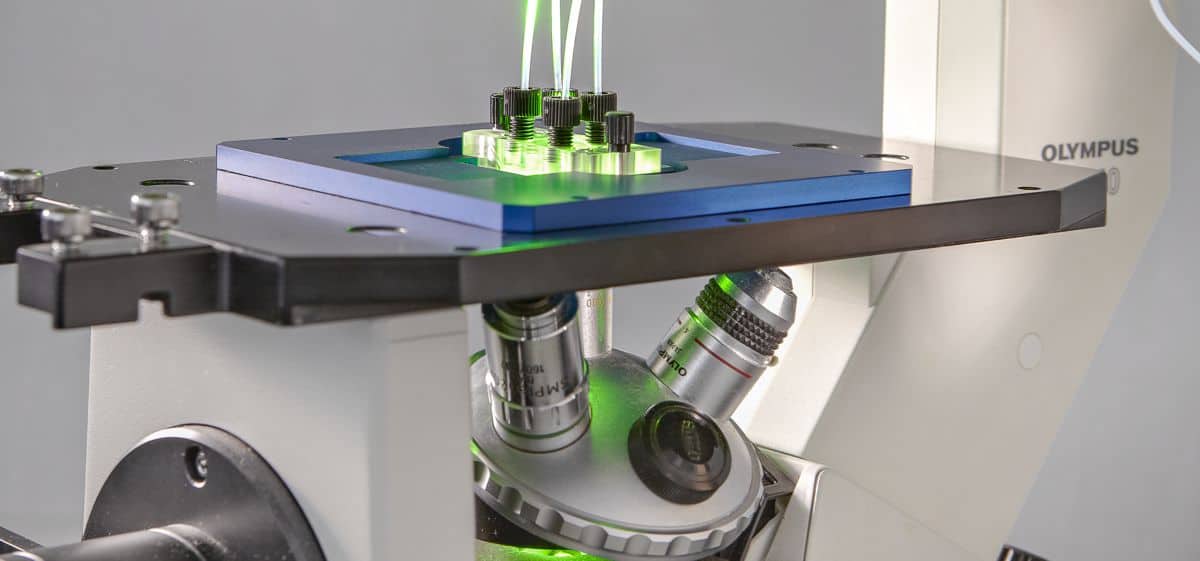
The MicCell is a versatile toolkit for doing optical transparent microfluidic prototypes. It comprises both tailored flow-through cells and the benchtop fluid handling system FluidProcessor. Customer made microfluidic components can be connected as well:
Wastewater Analysis Using Foil-Based Microfluidics
Beside of PDMS, laser cut foils allow to stack several microfluidic layers in a MicCell Setup. Here an autologous microfluidic system for waste water analysis was developed…
Foil Based Multi-Layer Flow Cell to Study Gradients
Membrane separated foil cut chips were used with a MicCell setup to exposes channel-bound collagen to different concentrations of cells…
Detection of Biological Polutants in Wastewater
A foil-based MicCell system was developed for wastewater analysis using genetically modified yeast cells…
Biofilms and Biofouling
Here the MicCell platform was used to develop antifouling coatings on transparent surfaces…
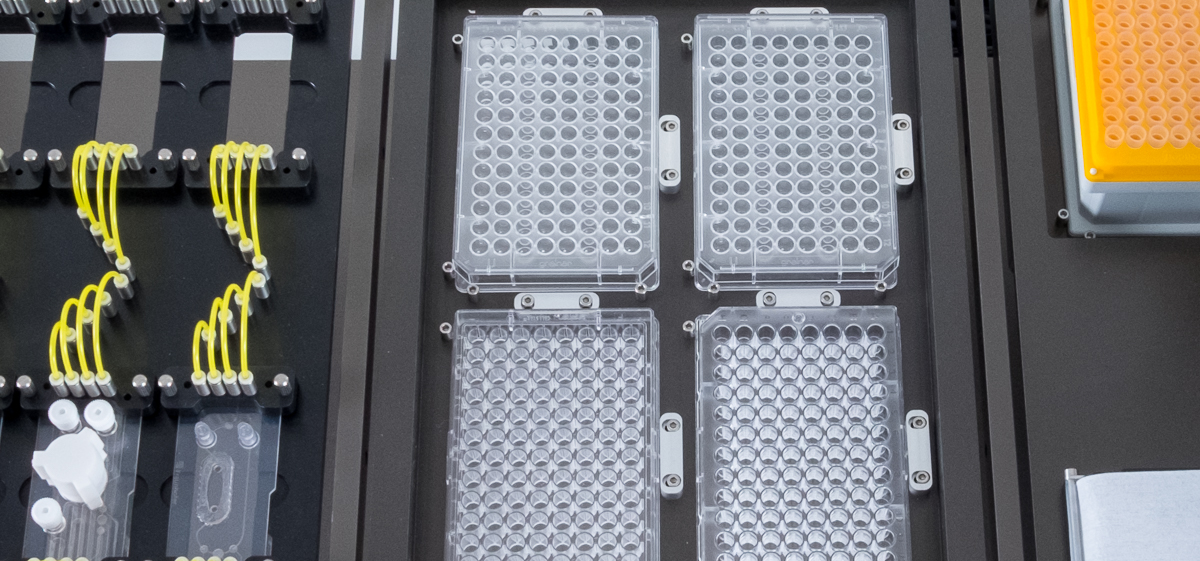
Decades of micromachining expertise make GeSiM a professional partner for design and manufacturing of microfluidic devices. These tailored products synchronize to our fluid automation systems as well as to our pipetting stations:
Foil Based Multi-Organ Chip
During a joint research project a flow-cell was developed in which overpressure or vacuum are exerted on cells or organoids, e.g. to monitor chondrocyte differentiation. Reagents are supplied by an external FluidProcessor. The flow-cells are placed on and interfere with a robot (Microfluidic Workstation) for sample transfer from 96 well plates to the flow-cell. The tool head of the Microfluidic workstation is equipped with cameras for optical measurements…
Silicon Based Multi-Organ Chip
In cooperation with the Fraunhofer IWS Dresden a multi-bioreactor chip was developed. It is supposed to enable studies of the interaction of consumer-relevant synthetic or natural substances with the human body in its typical environments and with its individual genotypic specificities…
Welcome to GeSiM!
GeSiM is a leading supplier of bioinstrumentation, microfluidics and tailored solutions for LifeSciences. We are headquartered near Dresden, being in business since 1995. About us…


